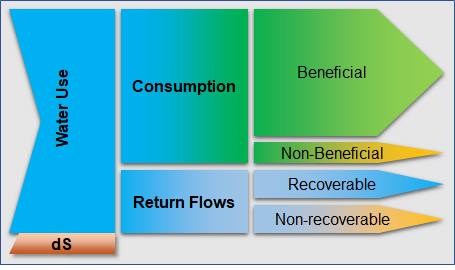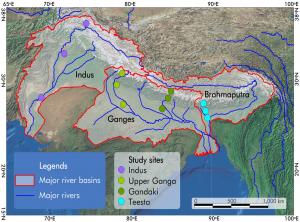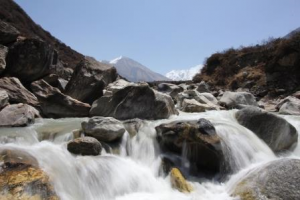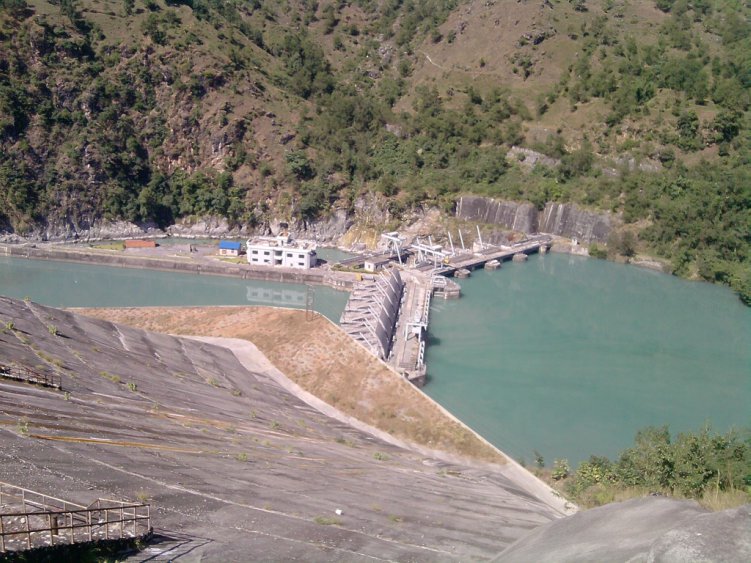La alarmante disminución de los manantiales se ha atribuido a la rápida expansión de las redes viales, junto con los cambios en la cobertura del suelo y el clima. El desarrollo de carreteras en estas áreas expone los manantiales a alteraciones o modifica su flujo natural, mientras que el corte de rocas interrumpe la ubicación de los orificios de los manantiales. Este problema ha pasado en gran medida desapercibido, lo que supone una amenaza significativa para las comunidades locales y sus recursos hídricos.
El objetivo principal del proyecto es reinventar las carreteras como instrumentos para la mejora del paisaje en lugar de adversarios, aprovechando el desarrollo vial para contribuir positivamente a los recursos hídricos locales. Al integrar técnicas y herramientas (gemelos digitales y un conjunto de herramientas de apoyo a la toma de decisiones), el proyecto pretende garantizar un suministro de agua seguro y fiable para las personas en zonas montañosas, al tiempo que se protege la calidad de la infraestructura vial y se mantiene la conectividad. El municipio de Dhankuta y el Departamento de Infraestructura Local (DoLI), que regula las actividades de desarrollo de infraestructuras en Nepal, serán los principales beneficiarios de este proyecto.
Los resultados esperados del proyecto RoSPro incluyen:
- Implementación exitosa de la protección de manantiales junto a carreteras a través de intervenciones piloto en el municipio de Dhankuta y promoción de enfoques basados en “soluciones basadas en la naturaleza” y “Carreteras Verdes para el Agua (GR4W)”.
- Generación de evidencia sobre el impacto de la intervención piloto a través de un análisis de costo-beneficio.
- Evaluación del impacto potencial de la ampliación de la protección de manantiales junto a carreteras mediante el desarrollo de un gemelo digital y un conjunto de herramientas de apoyo a la toma de decisiones.
- Desarrollo de capacidades para el municipio de Dhankuta y DoLI en lo que respecta a enfoques, tecnologías, impacto y ampliación de la protección de manantiales junto a carreteras.
RoSPro conducirá a una mayor seguridad hídrica para usos de consumo y productivos, beneficiando directamente a hasta 500 hogares en la región. Tras la fase piloto, el proyecto pretende ampliar sus servicios a clientes establecidos y redes de socios en Asia y África. La demanda de servicios similares es alta en muchos países de alta montaña, y RoSPro tiene como objetivo generar un marco para escalar este modelo a niveles nacionales y regionales.
Así, RoSPro es una iniciativa vital que busca abordar el problema crítico de la disminución de manantiales en el Himalaya. Al transformar el desarrollo vial en un contribuyente a los recursos hídricos locales, RoSPro mejorará la seguridad y calidad del agua, beneficiando tanto a las comunidades como al medio ambiente en estas desafiantes regiones montañosas.

 HI-AWARE is one of four consortia of the Collaborative Adaptation Research Initiative in Africa and Asia (CARIAA). HI-AWARE aims to contribute to enhanced adaptive capacities and climate resilience of the poor and vulnerable women, men, and children living in the mountains and flood plains of the Indus, Ganges, and Brahmaputra river basins through the development of robust evidence to inform people-centred and gender-inclusive climate change adaptation policies and practices for improving livelihoods.
HI-AWARE is one of four consortia of the Collaborative Adaptation Research Initiative in Africa and Asia (CARIAA). HI-AWARE aims to contribute to enhanced adaptive capacities and climate resilience of the poor and vulnerable women, men, and children living in the mountains and flood plains of the Indus, Ganges, and Brahmaputra river basins through the development of robust evidence to inform people-centred and gender-inclusive climate change adaptation policies and practices for improving livelihoods.


